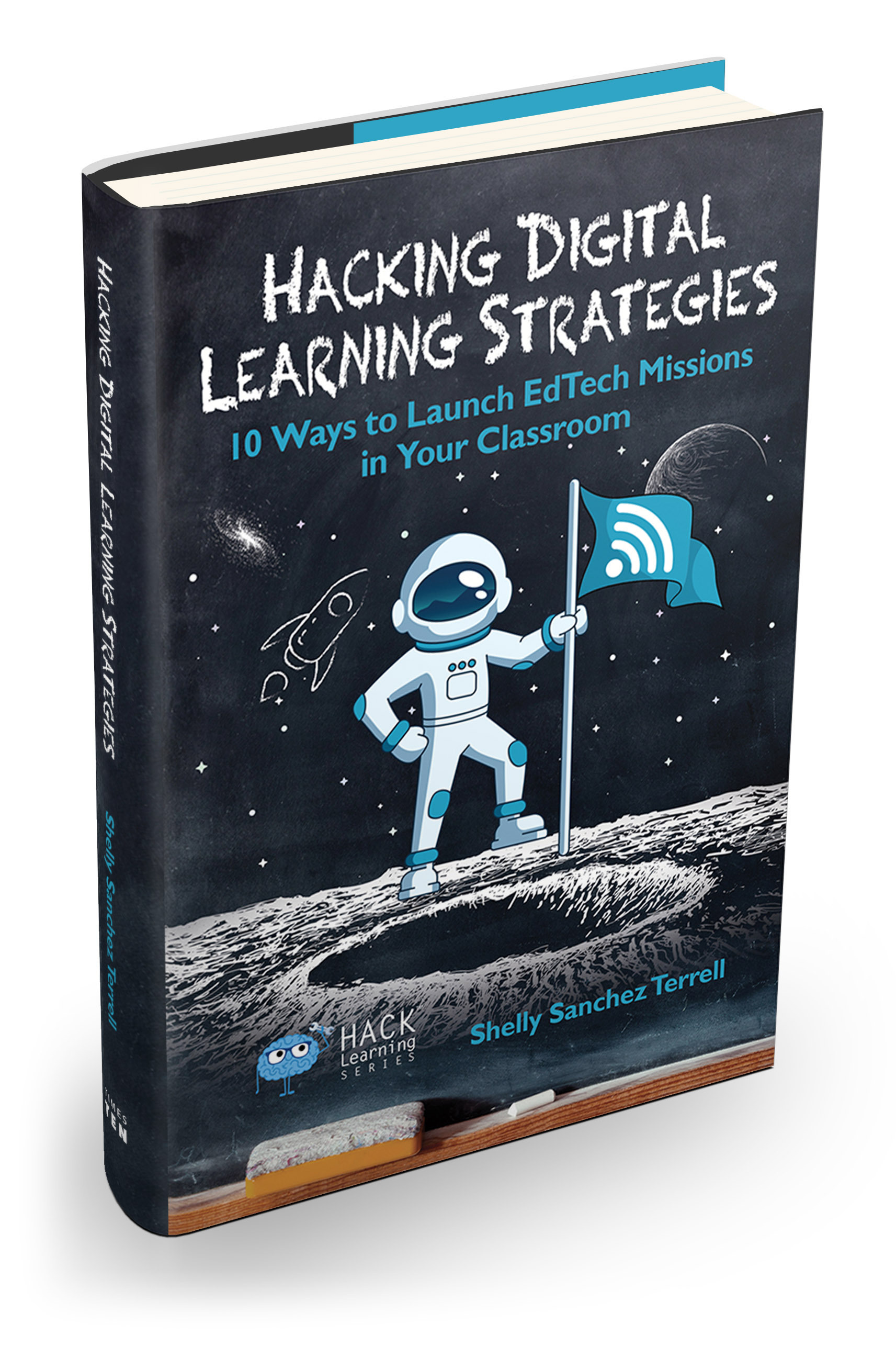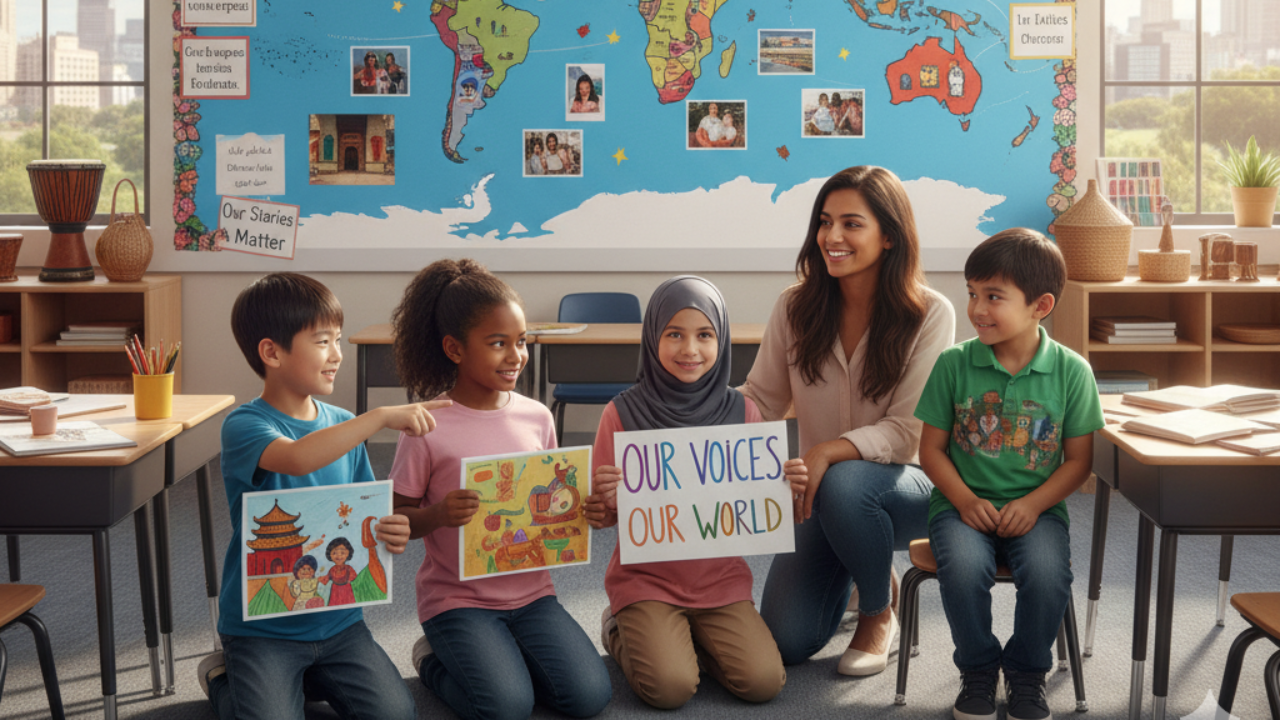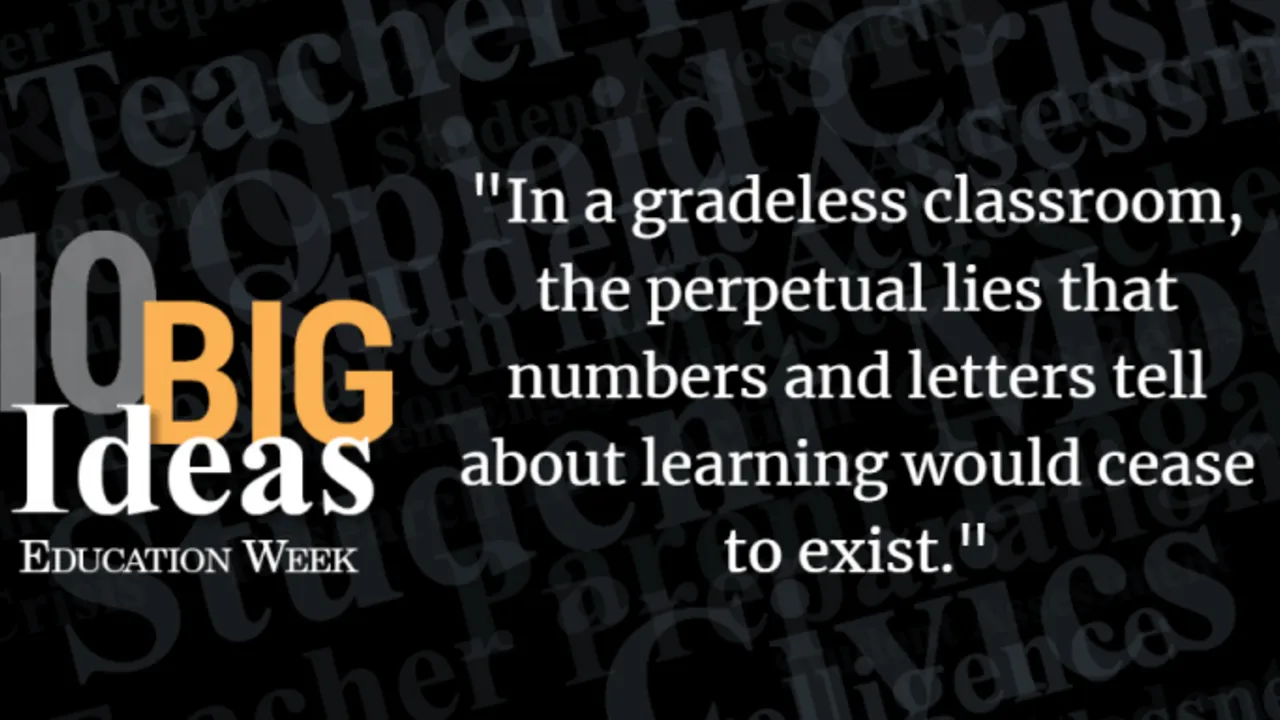7 Digital Learning Strategies All Teachers Can Utilize
May 25, 2023
Digital learning is the use of technology to deliver educational content and instruction. In the past, digital learning was often limited to those who had access to computers and other devices. However, with the rise of mobile devices and the ever-growing availability of laptops and tablets, digital learning is now accessible to more people than ever before. As a result of this increased access to technology, digital learning strategies have become more diverse and more effective. Digital learning can now be used to deliver a wide range of content in a variety of ways, and it can be tailored to the individual needs of each learner.
There are many different digital learning strategies that can be used in the classroom. Some of the most common strategies include:
1. Online courses
Online courses have become increasingly popular in recent years. This is due in part to the increasing availability of technology and the development of new and innovative digital learning tools. Online courses offer a number of advantages over traditional face-to-face courses, including flexibility, convenience, and cost-effectiveness.
2. Virtual learning environments (VLEs)
VLEs are online platforms that can be used to deliver educational content, provide communication and collaboration tools, and track student progress. VLEs have become increasingly popular in recent years as they offer a number of advantages over traditional paper-based systems. VLEs are more efficient, more flexible, easier to use, automatically organized, and more scalable. Common VLEs used in schools today are Google Classroom, Schoology, Moodle, and Canvas.
3. E-books
E-books are electronic versions of traditional textbooks. They can be accessed on computers, tablets, and smartphones. E-books have become increasingly popular in recent years as they offer a number of advantages over traditional textbooks. E-books are more portable, more affordable, easily accessible, and more environmentally friendly. Chegg is a popular website to download e-textbooks. Apps available on your mobile device and tablet such as Hoopla and Libby allow students and teachers to borrow e-books using their library card.
4. Digital simulations
Digital simulations are interactive learning experiences that allow students to learn by doing. Digital simulations are more engaging, more effective, and more memorable than traditional lectures. Simulations allow teachers to demonstrate problems that would be difficult to do in the classroom or on the whiteboard.
5. Videos Videos can be a great way to deliver educational content in a visually appealing and engaging way. They can be used to explain concepts, demonstrate procedures, or tell stories. Videos are a nice change of pace for student from lecturing and are often more engaging. YouTube is an easily accessible source for all types of videos that teachers can utilize.
6. Podcasts Podcasts are audio recordings that can be downloaded and listened to on computers, tablets, and smartphones. Podcasts are convenient, portable, and affordable. Teachers and students can find podcasts about almost anything and they can be incorporated in lessons and assignments.
7. Social media
Social media can be used to connect with students, share educational content, and promote learning. Students are very familiar with social media and gives students the ability to collaborate with peers. Popular social media sites that students use in their free time and can be utilized in the classroom are Twitter, Instagram, and Snapchat.
Further explore how to use these learning methods and more digital learning strategies in Hacking Digital Learning Strategies.
When choosing digital learning strategies, it is important to consider the needs of the students and the goals of the lesson. Some factors to consider include:
- The age and level of the students. Are you students going to be able to correctly work the digital tools you have them using?
- The desired learning outcomes. What about the digital learning strategy you are using gets the desired learning outcome?
- The availability of technology. Are all students going to have equal access and time to complete this online assignment?
Here are some additional tips for using digital learning strategies in the classroom:
- Be intentional: Use digital learning strategies to achieve specific learning goals. Don't just use them for the sake of using them. Understand when using technology in the classroom is beneficial and purposeful.
- Provide support: Make sure students have the support they need to succeed with digital learning. This may include providing training on how to use the technology or offering extra help if they are struggling. If your school utilizes take home devices, be sure to know if each your students have internet access at home. For students that do not, provide alternative assignments or solutions.
- Be flexible: Be willing to adjust your plans if necessary. If a digital learning strategy is not working, don't be afraid to try something else. With so many tools available online, it is easy to have multiple backup plans for activities.
By following these tips, teachers can use digital learning strategies to create a more engaging and effective learning environment for their students.






